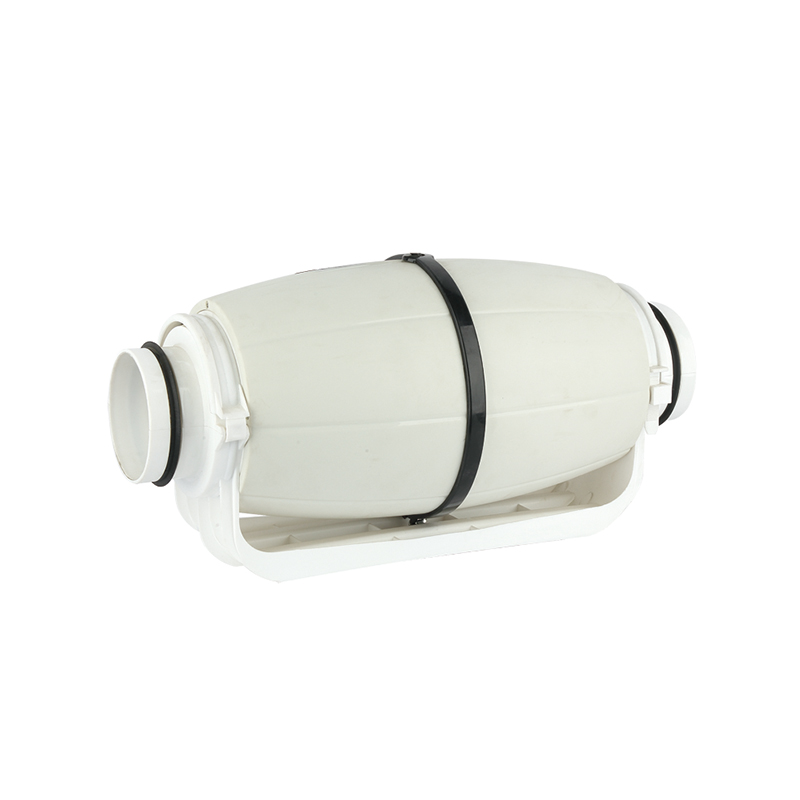Qinlang focuses on providing high-quality products and considerate services, and is committed to meeting every expectation of our customers.
The DKT-133 Cooling Ventilation Double Inlet Air Conditioning Fan is d...
See DetailsNoise reduction is a key consideration when selecting ventilation equipment for residential, commercial, or industrial spaces. Traditional fans often generate significant sound during operation, which can be distracting or disruptive. A pipe silent fan has become a popular alternative for those looking to maintain effective airflow while minimizing noise. Understanding how a pipe silent fan achieves quieter performance compared to regular fans reveals why it is a practical choice in many applications.
One primary factor in noise reduction is the design of the pipe silent fan itself. Unlike standard fans, which may have exposed blades or operate openly, a pipe silent fan is typically installed within ductwork or pipes. This enclosure helps to contain and absorb sound waves generated by the fan’s motor and blades. The enclosed structure acts as a barrier, preventing much of the mechanical noise from escaping into the surrounding environment.
Additionally, the construction materials used in a pipe silent fan often include sound-dampening features. For instance, the housing may be lined with acoustic insulation or made from materials that reduce vibration and resonance. These design elements help to reduce the transmission of noise through the fan’s body and the duct system.

The fan blades in a pipe silent fan are also usually engineered to operate more quietly. Blade shape and angle play a crucial role in airflow and noise generation. A pipe silent fan tends to have blades designed to reduce turbulence and air friction, which are common sources of noise. By optimizing blade design, these fans produce smoother airflow and less vibration, resulting in quieter operation compared to conventional fans.
Another aspect where a pipe silent fan differs is in its motor technology. Many pipe silent fans use motors that operate with reduced vibrations or incorporate noise-reducing features such as balanced rotors and quieter bearings. This reduces mechanical noise at the source. Standard fans often have motors that run louder due to less attention to vibration control or the use of simpler components.
The installation environment further enhances the noise reduction qualities of a pipe silent fan. Because the fan is placed within a pipe or duct, the noise is contained and can be further muffled by the duct’s length and structure. The pipe acts as a natural sound buffer, whereas regular fans installed in open spaces or mounted directly on walls tend to allow noise to spread more freely.
Moreover, the airflow path in a pipe silent fan system is carefully designed to avoid sudden changes in direction or speed that can cause noise spikes. Smooth transitions within the ductwork help prevent pressure drops and airflow turbulence, which are common contributors to sound in ventilation systems.
A pipe silent fan reduces noise compared to regular fans through a combination of enclosure, sound-absorbing materials, optimized blade design, quieter motor technology, and strategic installation within duct systems. These factors work together to provide effective ventilation with reduced noise pollution. For spaces where quiet operation is important, selecting a pipe silent fan can offer a notable improvement in comfort without sacrificing airflow performance.